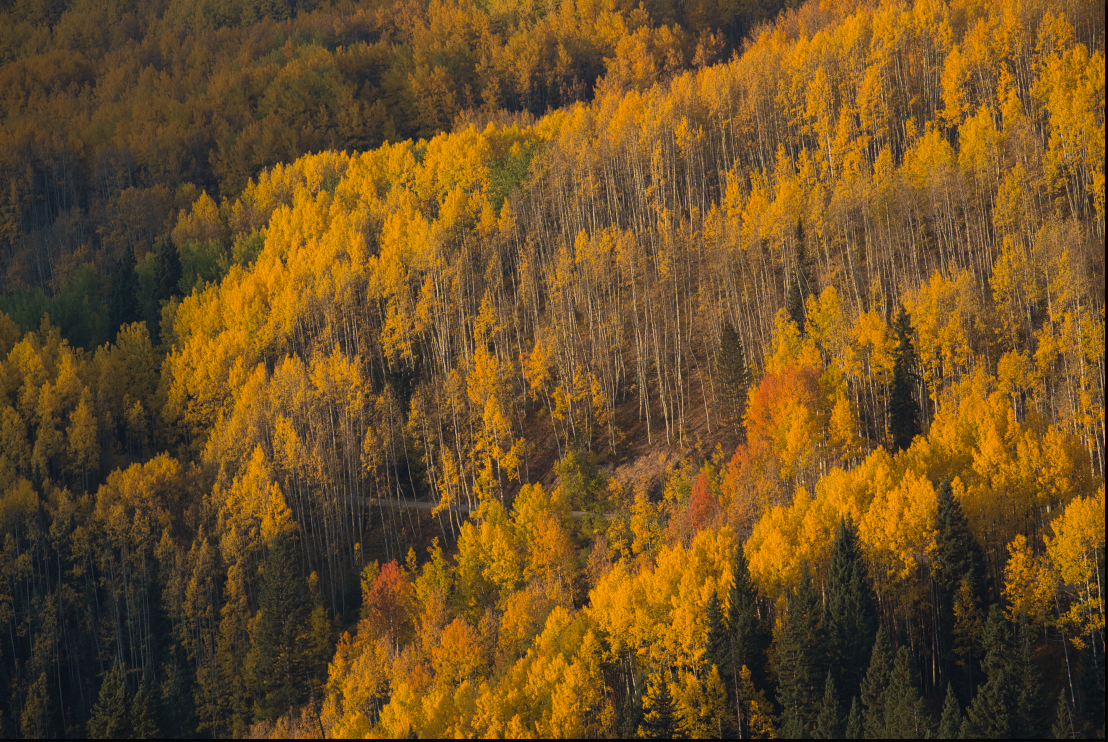Luminar 2018 Review - Is It Worth the Money?
There are so many plugins and integrations out there for the photographer’s digital toolkit it can be hard to know if technology is “worth” the money. As with any software, it’s all about your perceived value of what it will bring to your editing workflow. I’m reviewing Luminar 2018 on this blog and I hope to establish the following in my review. How do I use it? What differentiates it from other popular platforms? Is it worth the money? Before spending your money on software, carefully weigh the features and decide if it is something that is truly needed. I’m not affiliated with Skylum Software and did not receive Luminar 2018 for free or a discount for reviewing, I bought this with my money.
How I Use Luminar 2018
The features of Luminar 2018 are pretty exhaustive and most of the features resides in their massive filters library, similar to Google Color Efex in that there are a lot of filters to achieve a certain look. Where Luminar differs from Goolge Color Efex is in the AI filters that are pretty impressive. What I’m assuming is that the AI evaluated color parameters of a photo and makes smart adjustments as you turn up the slider. While moving the slider to 100% produces a pretty drastic edit, this filter can be utilized very well.
Here’s a very basic edit of a photo that I processed using their standard modules such as highlights, shadows, and dehaze as well as some of their AI assist filters like AI Sky Enhancer and Accent AI Filter.
You’ll notice that the edited photo came out decent but of course there were still problems with the photo that Luminar couldn’t fix like the blown out sky. I don’t believe any photo editing software could fix that blown out sky though and only multiple exposures blended together would create a good result. Which is what I ended up doing in the end, but I wanted to show these two photos to give the readers an idea of the limitations with Luminar too. Let’s take a look a set of more advanced filters now.
The next image was edited using the standard filter modules but I also added a few more filters like the Orton Effect filter, a polarizing filter, their advanced contrast filters, and the rest of the “professional” module (highlights, shadows, whites, blacks, dehaze, lens distortion, chromatic aberration, and saturation/vibrance). The overall effect is one that I’m quite fond of and is something that would resemble what I would do in Photoshop yet I was able to so in a more intuitive user interface that is easier to use. This is what I would consider one of my editing strengths, making subtle adjustments to produce a more pleasing image. None of the effects that I have employed are drastic and aren’t even apparent but all contribute to making my desired end result.
But let’s suppose you were after something more drastic and less-than-subtle, Luminar has many many presets that will trigger a number of filters to edit your image. Some of them aren’t very strong while others should only be used in certain situations, but everyone’s editing style is different. Here’s an image where I really went nuts on the Sky Enhancer, Sun Rays, and used the “Vivid” preset. The Sun Rays filter is very interesting because it can be over-used but at the same time it’s pretty fun to tinker with this filter to achieve some interesting results. You can see that I already had some sun rays in the original photo so I reasoned that it made sense to expand those and increase the intensity. Overall, it’s not a bad photo but it’s a little extreme for my preferred image editing.
As with any image editor, it all comes down to how it compliments your image editing workflow. I wouldn’t use Luminar 2018 for every image that I process because it simply isn’t needed but it does compliment and work well with certain images. Overall I do feel that my editing workflow has benefitted from having Luminar 2018 in addition to other software. A few of the other highlights include features you won’t see in Lightroom, such as dodging and burning and the aforementioned sun rays filter. The user interface was designed to cater to those who use Lightroom because it is very similar to Lightroom, down to the module design and color scheme. If you have Adobe Lightroom, you’ll feel at home with Luminar 2018.
While pointing out some of the great features of Luminar, I would be doing a disservice if I didn’t mention some limitations and how they affect my workflow. One of the staples of my workflow is hand-blending images that I bracketed into one single image. It’s more work that sending it from an HDR filter but I feel that it is a better way to process photos and achieves the look that I’m pursuing. Combining multiple exposures into one exposure in Luminar cannot be done to the best of my knowledge. That is why I use it as a compliment to my editing workflow rather than the starting point. One more point is that it doesn’t seem to handle TIFF files very well, though this could be due to my old computer trying to process those files.
What Differentiates Luminar from Other Editing Platforms
This is where the review is a little less subjective and I try to be more objective about adding Luminar to your editing workflow. Luminar is not trying to replace Photoshop in my opinion, I think it’s specifically going after the users of Adobe’s industry standard Lightroom in both look and price. I’ll talk more about whether Luminar is worth the money down below, but back before Adobe when to a subscription payment model, Lightroom was priced between $100-200 which is significantly more expensive than Luminar at $69.
From a filter and editing standpoint, I think that three filters that stand out from the pack are the three that I mentioned above; Accent AI filter, AI Sky Enhancer, and Sun Rays. Look, I know sun rays is pretty gimmicky but when used correctly it is a marvelous addition to an image. Of course if you are quite skilled with Photoshop, you’d be able to create a similar look and have more control over it but for the non-expert like me having a series of sliders to create cool sun rays is a great feature.
Luminar can be used as a plugin to Photoshop and Lightroom or it can be used as a standalone program which is how I’m using the program currently. The plugin option feels a lot like Google Color Efex and somewhat weakens the selling proposition in my opinion. But from a business standpoint, I get their position because most users are going to use the industry standards; Lightroom and/or Photoshop. The last differentiator is that since Luminar can be used as a standalone program, you could ONLY use Luminar to edit your photos which is different than some other plugin-type image editors that connect to Lightroom or Photoshop. But in the realm of the serious players such as Capture One, Luminar definitely holds its own and offers users an easy to use and familiar editing experience.
Part of the reason I’m showing these photos is because I want to display the real-world scenarios of using Luminar, their sample photos look very good and those can be misleading. These may not be my best photos but they are a decent representation of what is possible with Luminar. Ultimately, what differentiates Luminar is its ease of use as a standalone program for those who may not want to invest in an Adobe subscription or the photographer who wants to compliment their workflow with a few additional features. Keep in mind, I’m writing this from the perspective of a landscape photographer. Depending on your style and niche of photography, you might find this program more useful that I do considering that a number of filters and presets look like beefed up Instagram filters.
Is It Worth the Money?
If you’ve read this far, you might already know what I’m going to say; yes Luminar is worth the money if you’re looking for an additional editing suite to go along with your other editing tools. I do not think that Luminar would make for a good standalone editing solution because of the lack of precise control over the image. Because I cannot combine multiple exposures by hand blending them, Luminar is not a good starting point for my photo editing needs. However, if like me you are looking for another arrow to add to your editing quiver, then Luminar is a good fit for the reasons that I stated above. One thing that I did forget to mention is that Luminar comes with a very well-written user guide which can help your learning curve. It’s not a hard program to learn but going through the user guide can certainly speed that process up.
Leave a comment below if you’ve used Luminar 2018 and if so, what did you think about it?
Also I want to give a shout out to Anthony Kramer of Mass Exodus who wrote a great tutorial and provided code to help with the before/after photos on this blog. Big thanks!









